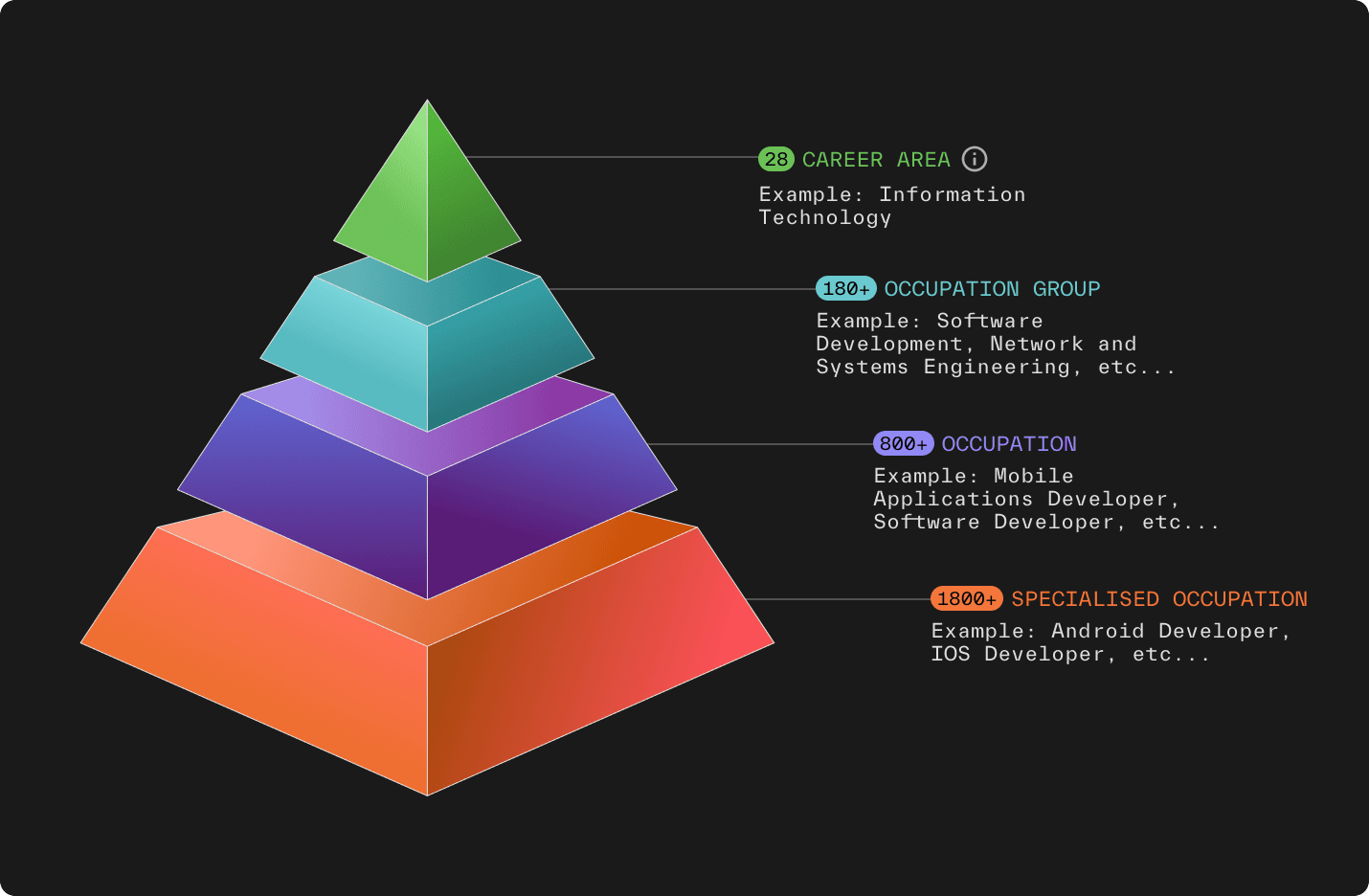Lightcast Occupations Taxonomy
You've made too many rapid or repeated requests. Please confirm that you're not a robot
Search for Occupations ...
Systems Administrator
Occupation
About
A Systems Administrator manages the day-to-day operations of an organization's computer networks, including the systems that connect computers and other technology to each other and to outside networks. Installs, organizes, and supports the hardware and software of these systems.
Career Area
Information Technology and Computer Science
Occupation Group
Network and Systems Support
Occupation
Network / Systems Administrator
Specialized Occupation
Systems Administrator
Unique Occupation ID
23161114
Version
7.4.0
Related Occupations
(How does Lightcast define an occupation?)Browse the most common related occupations, based on the last 5 months of job postings data
Lightcast Occupation Taxonomy
The Lightcast Occupation Taxonomy (LOT) is an advanced framework developed to classify and organize occupations with high precision and relevance to real-world labor market data. With over 1,800 specialized occupations in its library, it is designed to address the evolving nature of job roles captured from postings and professional profiles.
As we move up in the hierarchy, subsections are exclusive to their associated category. In other words, each specialized occupation is unique to its occupation, each occupation is unique to its occupation group, and each occupation group is unique to its career area. This prevents duplicate or overlapping data when analyzing more than one occupation.
The LOT uses a proprietary classification system of four different levels: career areas, occupation groups, occupations, and specialized occupations.
As we move up in the hierarchy, subsections are exclusive to their associated category. In other words, each specialized occupation is unique to its occupation, each occupation is unique to its occupation group, and each occupation group is unique to its career area. This prevents duplicate or overlapping data when analyzing more than one occupation.
The LOT uses a proprietary classification system of four different levels: career areas, occupation groups, occupations, and specialized occupations.

Browse Occupation Categories
This occupation is part of the Lightcast Occupations Taxonomy, a library of over 1,800 job occupation categories. It is the standard used by higher education institutions, public sector organizations and Fortune 500 companies around the globe.